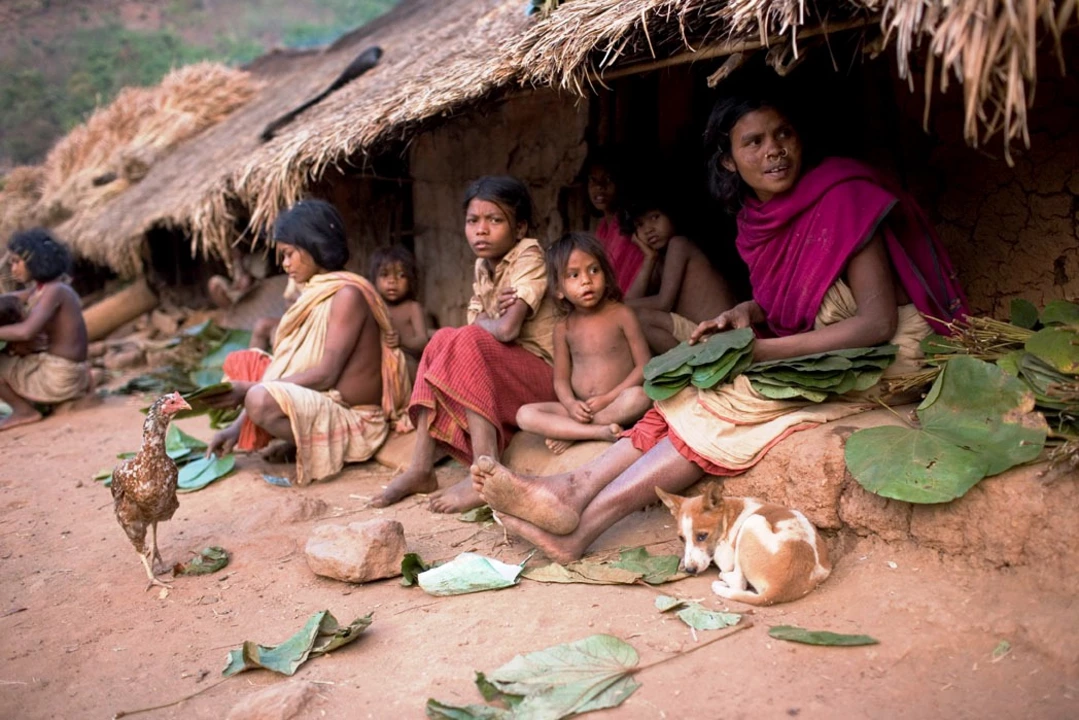Introduction to Rural India
When we think about India, we often picture bustling cities, colorful festivals, and magnificent temples. However, the majority of the population in India actually lives in rural areas. The daily life in rural India is vastly different from that in urban centers, with its own unique culture, traditions, and challenges. In this article, we will explore various aspects of the day-to-day lives of people living in rural India, from their daily routines to the resources available to them.
Morning Rituals and Daily Routines
The day in rural India begins early, usually around 5 am. The women of the household are usually the first to wake up, as they are responsible for fetching water from the local well or hand pump. This task can take up to two hours, as they often have to walk a considerable distance and wait in line to fill their pots with water. After returning home, the water is used for drinking, cooking, and cleaning.
Meanwhile, the men of the family head out to the fields to tend to their crops or animals. Farming is the primary occupation in rural India, and agriculture forms the backbone of the rural economy. The work in the fields can be physically demanding and requires long hours under the scorching sun. The children usually head to school, if there is one in the vicinity, or help their parents with chores around the house.
Food and Cuisine
The diet in rural India is predominantly vegetarian, with an emphasis on fresh, locally-grown produce. The staple foods include rice, wheat, and millets, accompanied by a variety of pulses (lentils), vegetables, and spices. Dairy products such as milk, yogurt, and ghee (clarified butter) also play an essential role in their daily diet.
Women typically prepare the meals in a traditional kitchen, often using a wood-fired stove called a chulha. The food is generally consumed in two main meals – breakfast and dinner, with a light lunch in between. During the harvest season, special dishes are prepared to celebrate the bounty of the land and give thanks to the gods for their blessings.
Limited Access to Healthcare
Healthcare facilities in rural India are far from ideal. Many villages lack basic amenities such as hospitals, clinics, or even trained medical professionals. People often have to travel long distances to access healthcare, which can be both expensive and time-consuming.
Due to this, many rural inhabitants rely on traditional home remedies, passed down through generations, to treat common ailments. While these remedies can be quite effective for minor issues, they often fall short when it comes to more severe illnesses or emergencies. The lack of proper healthcare facilities and awareness leads to a higher rate of preventable diseases and deaths in rural India compared to its urban counterparts.
Education and Literacy
Education is another area where rural India lags behind. Many villages do not have schools or have schools with inadequate infrastructure, such as a lack of classrooms, teachers, or teaching materials. As a result, the literacy rate in rural India is significantly lower than in urban areas.
Furthermore, many parents prioritize the immediate financial needs of the family over their children's education. This often results in children dropping out of school at an early age to help their parents with farming or other household chores. Efforts are being made by the government and non-government organizations to bridge this gap, but the progress is slow, and there is still much work to be done.
Transportation and Connectivity
Transportation in rural India is often limited and unreliable. In many villages, the roads are unpaved and poorly maintained, making them difficult to navigate in adverse weather conditions. Public transportation options, such as buses or shared autos, are scarce and often overcrowded.
Despite these challenges, people in rural India have found creative ways to get around. Bullock carts, bicycles, and even walking long distances are common means of transportation. In recent years, the use of motorcycles and mobile phones has increased, improving connectivity within and between rural communities.
Social Life and Festivals
Despite the challenges they face, the people of rural India take great pride in their close-knit communities and rich cultural heritage. Social life revolves around family, friends, and neighbors, with people gathering to celebrate weddings, births, and religious festivals.
These celebrations often involve traditional music, dance, and food, providing a much-needed break from the daily grind. Rural India is also home to numerous regional and local festivals, which reflect the diversity of the country's culture and traditions. These festivals provide an opportunity for people to come together and celebrate their shared history and beliefs.
Conclusion
Life in rural India is a mix of challenges and joys, with people finding strength and solace in their communities and traditions. While there is much that needs to be improved in terms of infrastructure, healthcare, and education, the resilience and spirit of rural India cannot be underestimated. As we continue to learn more about the daily lives of those living in rural India, we gain a deeper appreciation for their unique lifestyles and the vital role they play in the larger fabric of Indian society.
